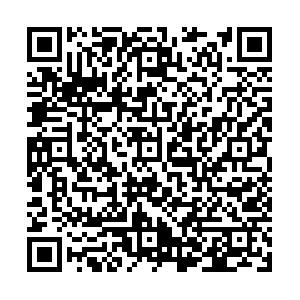Abstract:
Objective To analyze the epidemiology and genotype characteristics of group A rotavirus in children under 5years old with diarrhea in Urumqi.
Methods During the year of 2007,a total of 3 662 diarrhea stool samples were collected from outpatients and children hospitalized under the age of 5 in the First People's Hospital of Urumqi. RV antigens were detected by colloidal gold assay and ELISA. About 10% RV positive samples were randomly selected for G/P genotyping.
Results RV was detected in 1 470 of 3 662 samples(40. 1%) and a total of 142 positive samples were typed by PCR. Of the 121 infants and children with RV infection,G1 accounted for 36. 4%,followed by G3(20. 7%),G2(15. 7%) and G9(13. 2%),the G mixed infection was 6. 6% and 9 couldn't be typed. For P-type,P[8]was the predominant genotype with 60. 3%,followed by P[4](18. 2%),and P[6](5. 8%). P mixed was 15. 7%. The major G/P combination was G1P[8](28. 1%),next for G3P[8](19. 8%),G2P[4](14. 9%) and G9P[8](8. 3%). G1P[6],G1P[4],G9P[4] and G9P[6] were also detected as the G/P uncommon combinations. 21 neonates with RV diarrhea showed G9 was the major G genotype(9/21),followed by G1(4/21),G3(3/21) and G2(1/21). G mixed infections were3 and 1 was undetermined. P[6] ranked first with 10,P[8] and P mixed were 5,respectively. One was P[4]. G9P[6]was found to be the major G/P type in neonates. G1P[8],G3P[8] and G1P[6] were detected for 2 each and G2P[4],G9P[8] for one each in neonates.
Conclusion RV genotypes were complex and diverse in 2007 in Urumqi. G1P[8]was the main G/P combination in infants and children,and G9P[6]was the main in neonates. It needs to be mindful that the mixed infection between infant RV strains and neonatal RV strains will produce new epidemic strain.

 点击查看大图
点击查看大图



 下载:
下载:
